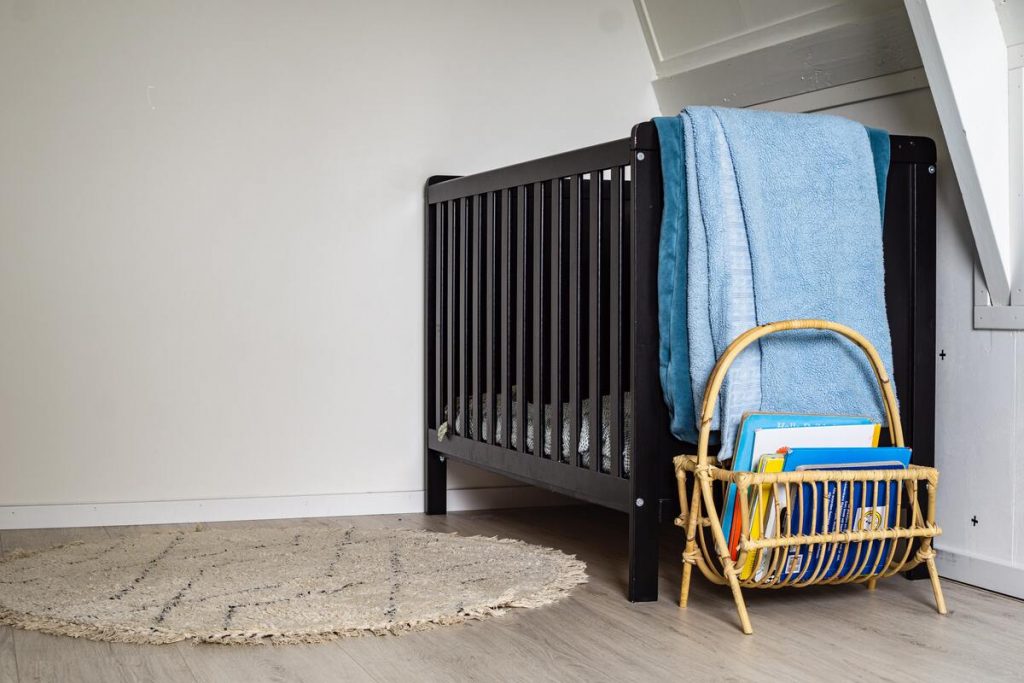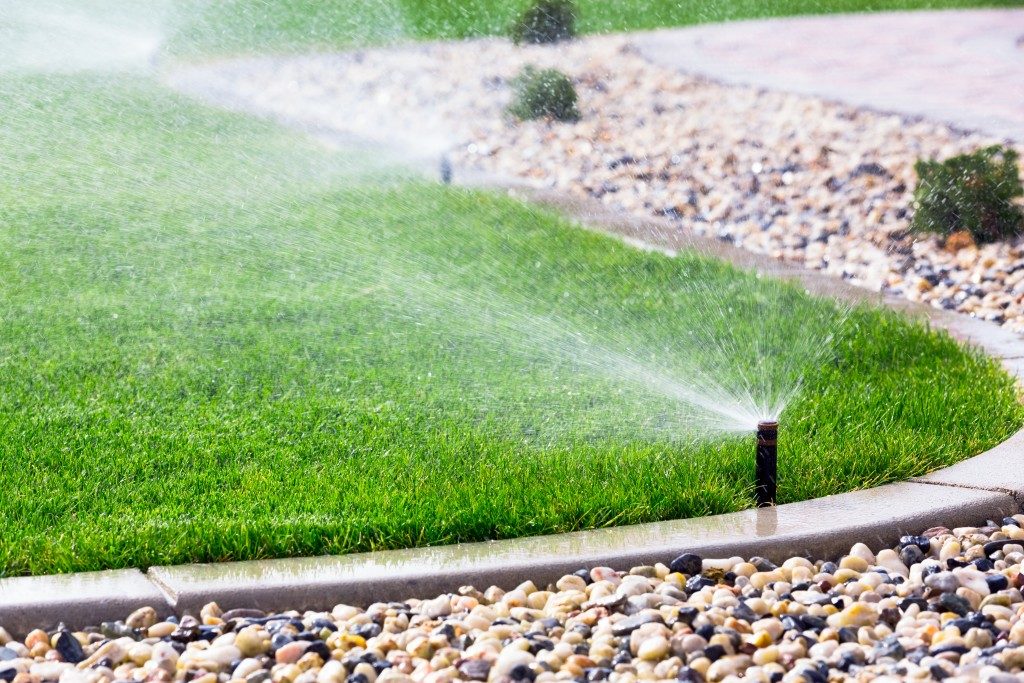It’s no secret that children can be curious — and destructive — creatures. As a parent, it’s your responsibility to child-proof your home and protect your little ones from harm. But don’t worry, you don’t have to break the bank to do so.
There are many ways to protect your kid from unexpected events and keep your home safe. In this article, we’ll give you some tips on how to child-proof your home on a budget. So read on and get started.
Falls
One of the most fundamental and prevalent reasons children get hurt is falling. Start with the simplest way of preventing falls, which is installing gates at the top and bottom of stairs to prevent kids from going up or down while you’re not looking. Make sure that you don’t place them to cause storage problems for you.
There are other alternatives like using rubber padding, which would create a soft surface for your stairs. If you have carpeted stairs, it would be wise to remove the carpet and expose the hardwood so that falls wouldn’t be as severe if they ever do happen.
Splinters
Getting a splinter is a common thing for children to do, especially when they’re just starting to explore the world around them. Make sure that you have a first aid kit around the house to handle minor emergencies faster and easier. There’s always a risk of infection, especially if it gets deeper inside, so keep your household disinfectant nearby at all times.
For your flooring at home, slip-resistant pads or decals can help you prevent these injuries. However, nothing beats sanding and refinishing wood floors for complete protection. You can look for contractors in your area for this task, so you can conveniently ask them to do it all at once.
Burns
As children grow, they’ll be curious about what happens when you light up particular objects — especially if it’s something that they see adults do regularly. A minor candle mishap can result in severe burns, so make sure that candles are never lit while children are around the house.
If you’re going to use candles around your home, make sure that you place them out of the reach and sight of little ones and always follow the manufacturer’s directions. If you’d like a fire-proof alternative, go for electric candles with timers instead so you won’t have to worry about it every night.
Poisonous Substances

Kids are curious by nature, and they often like to explore places that adults might find uncomfortable. Ensure that you take extra precautions against poisonous substances found in seemingly innocuous household items like dishwasher detergent or plant food.
It’s wise to keep all harmful chemicals locked up and well-labeled so children won’t get curious about what’s inside. If you have to keep them in places where kids can get to them, ensure they’re out of reach and attached to the wall so children won’t remove them.
Cords and Cables
To prevent kids from getting into messes involving electrical currents, you should conceal all cords and cables whenever possible. If you have a lot of them in your home, consider putting covers over the exposed part to hide them from kids while still being functional for adults.
You can get these items from any hardware or office supply store near you, making it easier to conceal away all that cable clutter underneath your desk or along the wall.
Gadgets and Gizmos
Another common danger you have to be mindful of is electrical gadgets — most notably, phones, laptops, tablets, and other devices that kids will want to get their hands on. Kids are attracted to these because they often resemble their toys or something fun that they see adults use every day around the house.
You can use safety caps on outlets or get an electrical safety kit online to keep everything in order around the house to prevent this mishap. You might be able to find these items at your local hardware shop as well.
As a precaution, make sure that you lock away gadgets and gizmos where kids won’t see them whenever possible.
So, these are some basic things that you can do to child-proof your home on a budget. While it’s not an exhaustive list, it should give you a good idea of where to start. By following these simple tips, you can help keep your children safe and sound while they’re at home.
Make sure that you keep the tips in this article in mind for your reference. However, it never hurts to speak with a professional or schedule an assessment of your home to ensure that every possible safety hazard is taken care of.









